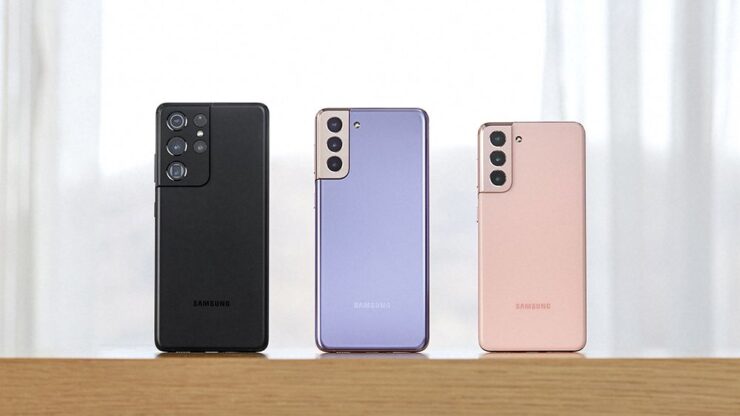A new leak suggests an Exynos Samsung chipset could get tracing tech to Ray, which means that the next flagship flagship series of the company – The Samsung Galaxy S22, expected at the beginning of 2022 – could be powered by Exynos Silicion with This feature.
Ray tracing makes lighting and more dynamic reflections (and life of life) in computer graphics and is mainly used as a reference feature for top-end computers making the last games. In Compex 2021 In June, AMD announced bold it that it would bring its own graphic technology (including the traceability of rays) to the next generation of Chipsets of Exynos, but we had not heard from Samsung – up to present (somehow).
The leak comes the graceful of the universe of the ice of noticed leaks, which tweeted an alleged screenshot of a Weibo post from the official Samsung Exynos account, which “clearly indicated that the technology of tracing of rays is On the verge of being mounted in the new GPU Exynos “. By the screenshot, the supposed Weibo Post was published on October 4, but a superficial view of the Exynos Weibo account does not appear as a post later than on October 1, suggesting that it may have been removed. ‘He had been published at all.
If that’s true, it would be a huge accomplishment for Samsung and a big point of boasting to keep both the chips at the Apple series and the Snapdragon silicon of Qualcomm. We will have to see if Samsung comes out officially that the technology will come to Exynos Chips or if we will have to wait longer for the tracing of the rays to reach smartphones.
Ray tracing: Desktops, laptops … and smartphones?
Ray tracing remains a feature for highly spent desktop computers, although new NVIDIA and other updates have enabled technology equipment and potentially laptops. It would not be a surprise if smartphones and tablets were not far behind.
If the tracing of the rays will be visible or recognizable is another question. We expect only high-level Exynos chipsets can pack anyway (the AMD announcement only mentioned only that some silicon will be increased with its technology, so probably, it will be high-end models) – It means we could expect us to wait for a Samsung Galaxy S22 flagship range to get it.
These phones have at least Full HD screens (2400 x 1080) Amolis, while the most expensive Galaxy S22 Ultra should have a WQHD display (2560 x 1440) as its predecessor. Since the shelf tracing is so intensive from the processor, many players opt for use with a resolution of 1080p anyway, the real question will be a screen size: the superb light and the shadow make the Material on screens as small as the standard 6-inch displays on current smartphones?
This is a question we will not know before the next followed by Exynos Chipsets Earth next year, starting – we are waiting – with the Samsung Galaxy S22 in January 2022.

